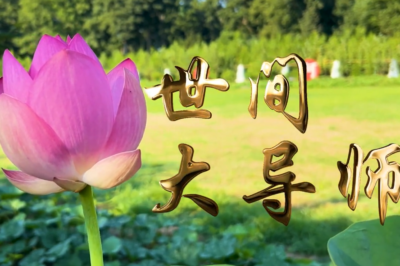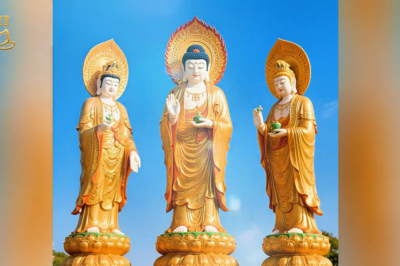Real Stories

[dzs_videogallery id="realstories02" start_item="16"] It was an ordinary d...

[dzs_videogallery id="realstories02" start_item="15"] After Fang's family ...

<!–– --> [dzs_videogallery id="realstories02" start_item="11"] Th...

I am a man who smoked and drank for 26 years. I resolved to ...

[dzs_videogallery id="realstories02" start_item="13"] Most people are awar...

[dzs_videogallery id="realstories02" start_item="12"] I started drinki...
Vimalakīrti
Published:2014/12/24 Venerable Masters Views:1310
Vimalakīrti’s Teaching Through Feigned Illness
The name “Vimalakīrti” is a transliteration, often fully referred to as “Vimalakīrti-nirdeśa” or simply “Vimalakīrti.” He is regarded as the foremost lay practitioner during the Buddha’s time.
On one occasion, Vimalakīrti claimed to be ill and remained at home, drawing the attention of the Buddha. The Buddha sent someone to visit him, but many disciples were hesitant to go. This was due to Vimalakīrti’s profound wisdom, which often left others speechless when questioned by him, instilling a sense of awe and fear. Finally, the Buddha entrusted Mañjuśrī, the Bodhisattva of Wisdom, along with others, to visit him. While the visit was ostensibly to inquire about his illness, it became an opportunity for Vimalakīrti to teach and inspire.
As described:
“Through skillful means, he manifested an appearance of illness. Because of his condition, kings, ministers, elders, lay practitioners, Brahmins, royal princes, and countless officials came to visit him. To each visitor, Vimalakīrti expounded the Dharma based on their circumstances, inspiring innumerable beings to awaken to Anuttarā Samyaksaṃbodhi (unsurpassed, perfect enlightenment).”
The Origin of the Term “Fangzhang”
The term “Fangzhang” (方丈), meaning “ten square feet,” originates from The Vimalakīrti Sutra. Vimalakīrti, though living as a layperson, resided in a modest room merely one zhang (approximately ten square feet) in size. Yet, it was said to miraculously accommodate two thousand lion thrones, demonstrating an inconceivable spiritual power.
According to Dharma Forest Pearls (法苑珠林):
“In the city of Vaiśālī, six li northwest of the royal palace, there stood a stupa marking the former residence of Vimalakīrti. The remains of his home, said to be the site where he manifested illness to teach the Dharma, were later measured during the Tang dynasty by envoy Wang Xuance, who determined its size to be precisely ten square feet. Hence, it became known as ‘Fangzhang.'”
The term “Fangzhang” has since been revered, symbolizing the profound and mystical virtues of Vimalakīrti, as acknowledged by sages, past Buddhas, and Bodhisattvas alike.
The Incomparable Virtues of Vimalakīrti
Vimalakīrti practiced the Bodhisattva path, using skillful means to inspire and guide those attached to the Śrāvaka and Pratyekabuddha paths. By feigning illness, he created an opportunity for the Buddha’s disciples, Bodhisattvas, and Mañjuśrī to engage in dialogue, showcasing his integration of compassion and wisdom.
He deeply engaged with the mundane world, meeting beings where they were, all to propagate the teachings of Mahayana Buddhism. Vimalakīrti taught the beings of the Sahā world to realize the Pure Land within their own minds and to co-create a beautiful world. He expounded on the inconceivable methods of liberation, emphasizing the “non-duality” of saṃsāra and nirvāṇa:
“Defilements are enlightenment; one does not abandon saṃsāra to dwell in nirvāṇa.”
His teachings offered practitioners profound methods for healing the afflictions of the mind, providing timeless guidance on the path to enlightenment.



![[Video] A Monumental Milestone [Video] A Monumental Milestone](https://en.damiok.org/wp-content/uploads/2025/05/20250514lishidefengbei-287x191.png)


![[Dance] Enlightenment of Rice Transplanting [Dance] Enlightenment of Rice Transplanting](https://en.damiok.org/wp-content/uploads/2025/08/20250808chayangji-400x266.png)
![[Dance] Verse of Auspiciousness [Dance] Verse of Auspiciousness](https://en.damiok.org/wp-content/uploads/2025/08/20250808yuanjixiang-400x266.png)








